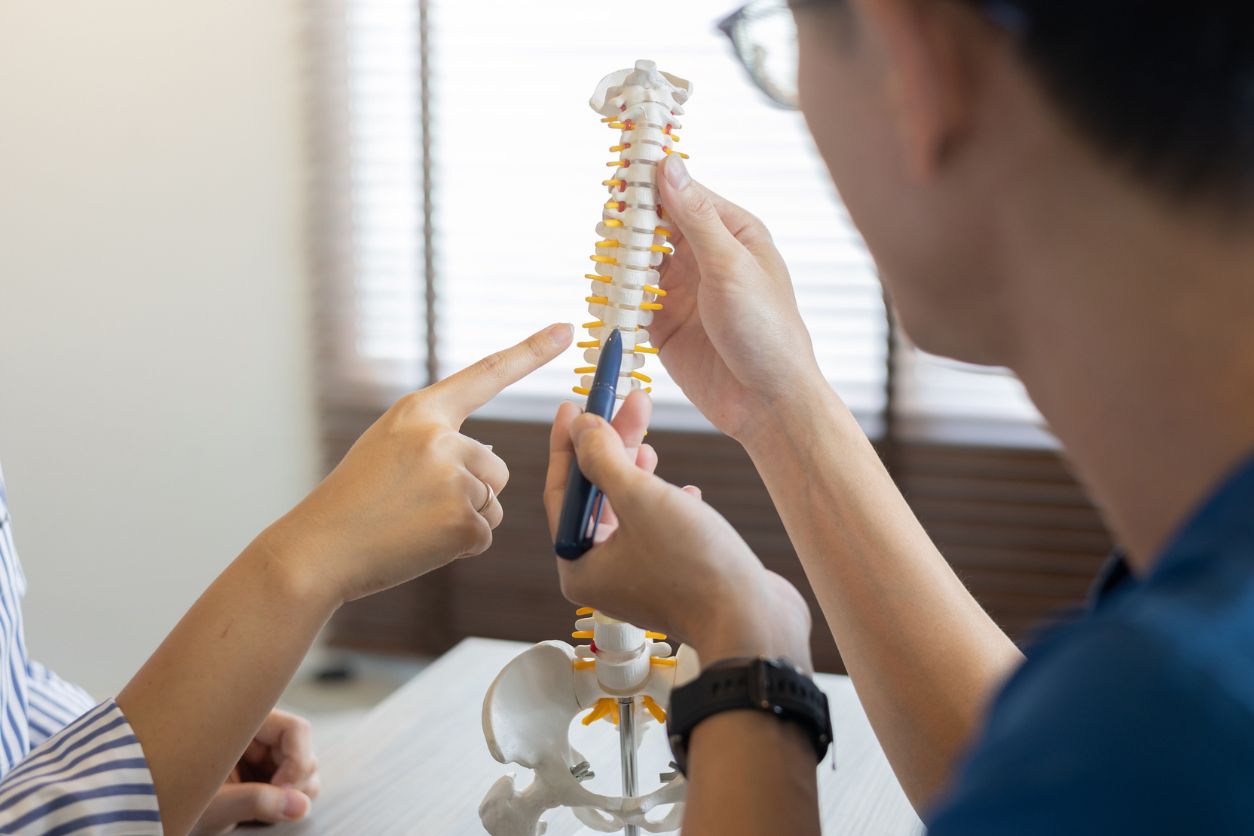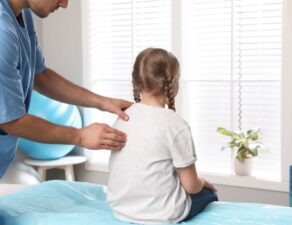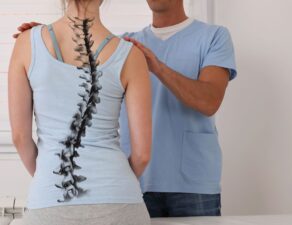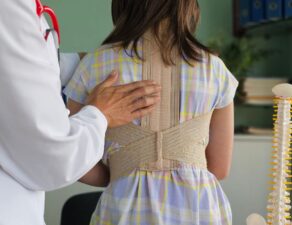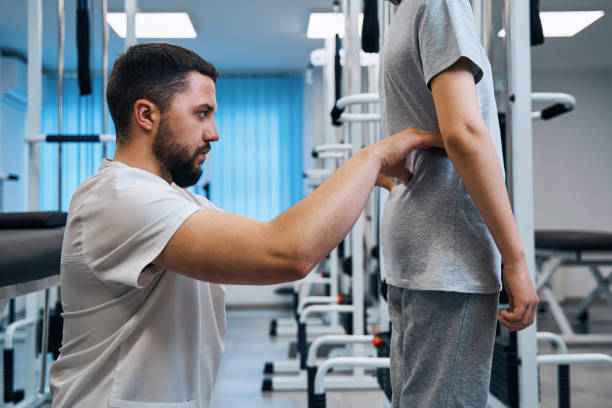
When identifying scoliosis in children and adolescents, timing is of the utmost importance. Diagnosing scoliosis early enough can lend a broader range of treatment options for parents and orthopedists. Dr. David Siambanes, a pediatric orthopedic surgeon and founder of Scoliosis Care, is giving parents the knowledge and acumen to conduct regular scoliosis screenings from home.
According to the American Association of Neurological Surgeons, scoliosis affects 2-3 percent of the population, or an estimated six to nine million people in the United States. For many of these cases, a diagnosis was not issued until after the spine began to curve, at which point the risk of progression becomes three times greater depending on the degree of curvature in the spine. These factors make regular spine screenings and early prevention efforts all the more critical.
According to the U.S. National Library of Medicine, only 33 states either mandate or strongly recommend school-based scoliosis screening, leaving many states without any preventative measures for identifying scoliosis. With this, Dr. Siambanes is advising parents and guardians to follow these steps with their child to help screen for scoliosis at home.
Forward Bend – Standing with their arms extended and palms together, have your child bend forward and reach for their toes. Observers should inspect their child’s back from the front and back, looking out for any indication of asymmetry.
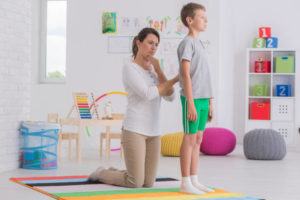
Mother checking son’s posture in playroom.
Standing Straight – Have your child stand up straight and inspect from the front, back and sides for any indications of a curved spine, including mismatched shoulder height, uneven arm length or hips, or a “rounded” back.
Clothing Check – In some cases, an indication of scoliosis is clothing fitting improperly. When your child is dressed, inspect their clothes to see if the hemline is uneven, or if one pant leg or shirt sleeve appears longer than the other.
Walk Check – Some cases of scoliosis show themselves through the form of a limp or another hitch in their stride. Watch your child when they walk to see if they have a slight limp, their body is tilting to one side, or one leg seems longer than the other.
Family History Check – Be aware of your family’s hereditary health, as this can play a significant role in whether or not your child may develop scoliosis. If scoliosis is present in your child’s family, take a more proactive approach and conduct screenings more often.
There are a variety of different guidelines, but scoliosis screenings should be conducted at age 9-10 for girls, and 11-12 for boys, as scoliosis is more common in females than males. If there is a family history of scoliosis, Dr. Siambanes recommends screening a year or two earlier.
Dr. David Siambanes is a board-certified orthopedic surgeon and an expert in both operative and non-operative treatment of all forms of spinal deformities. In his current role at Scoliosis Center, Siambanes focuses on providing treatment for both pediatric and early adult spinal deformities.


